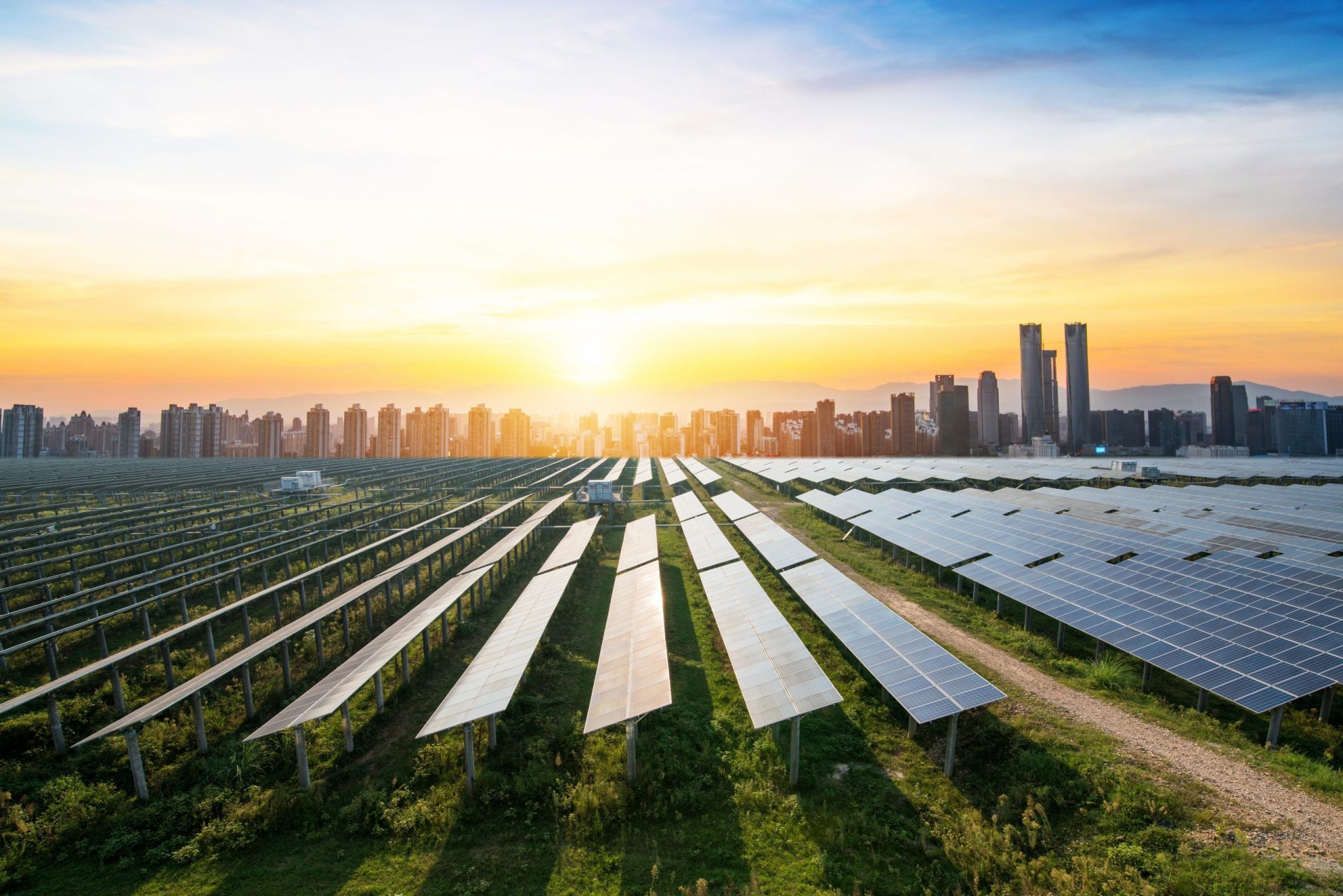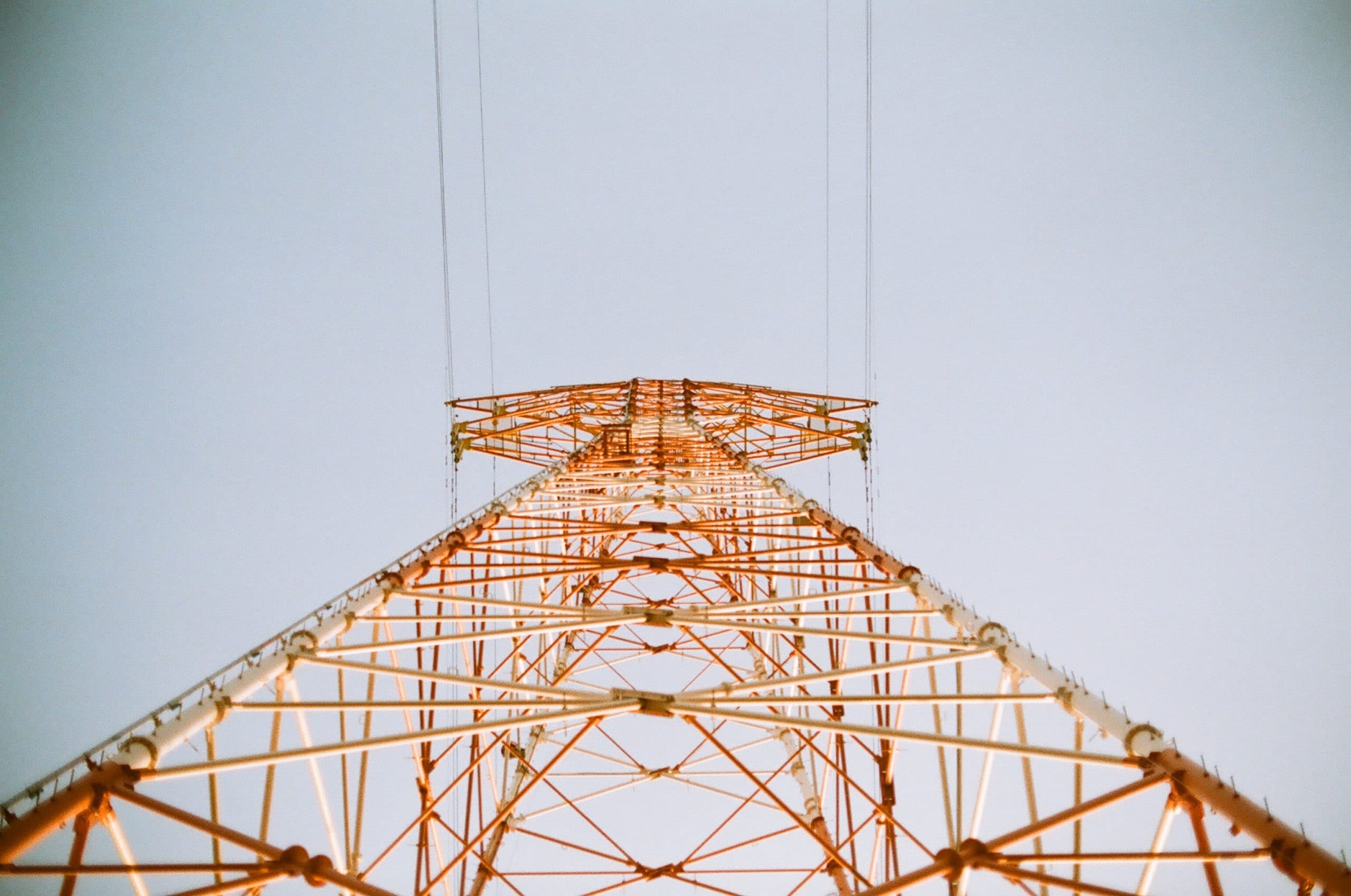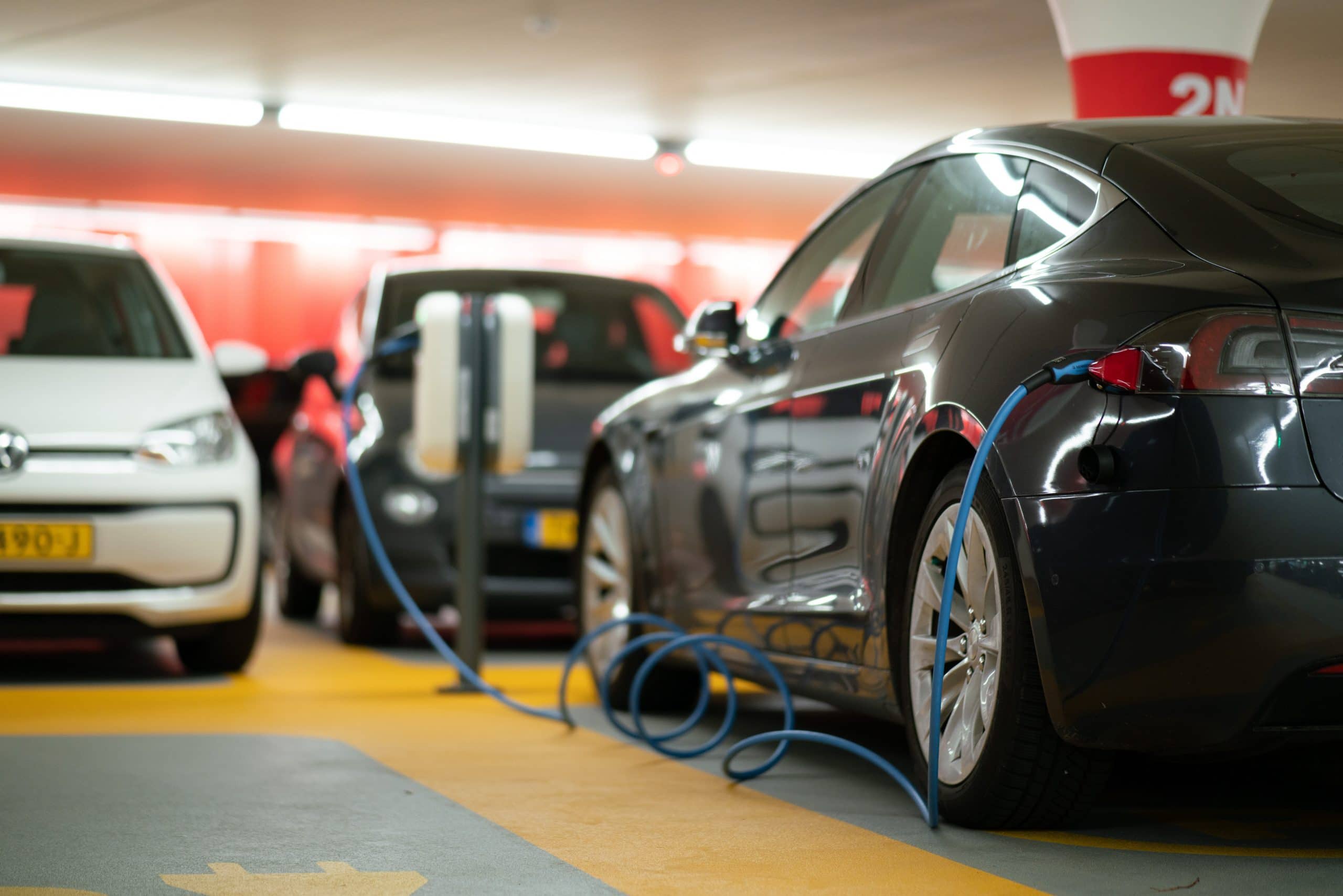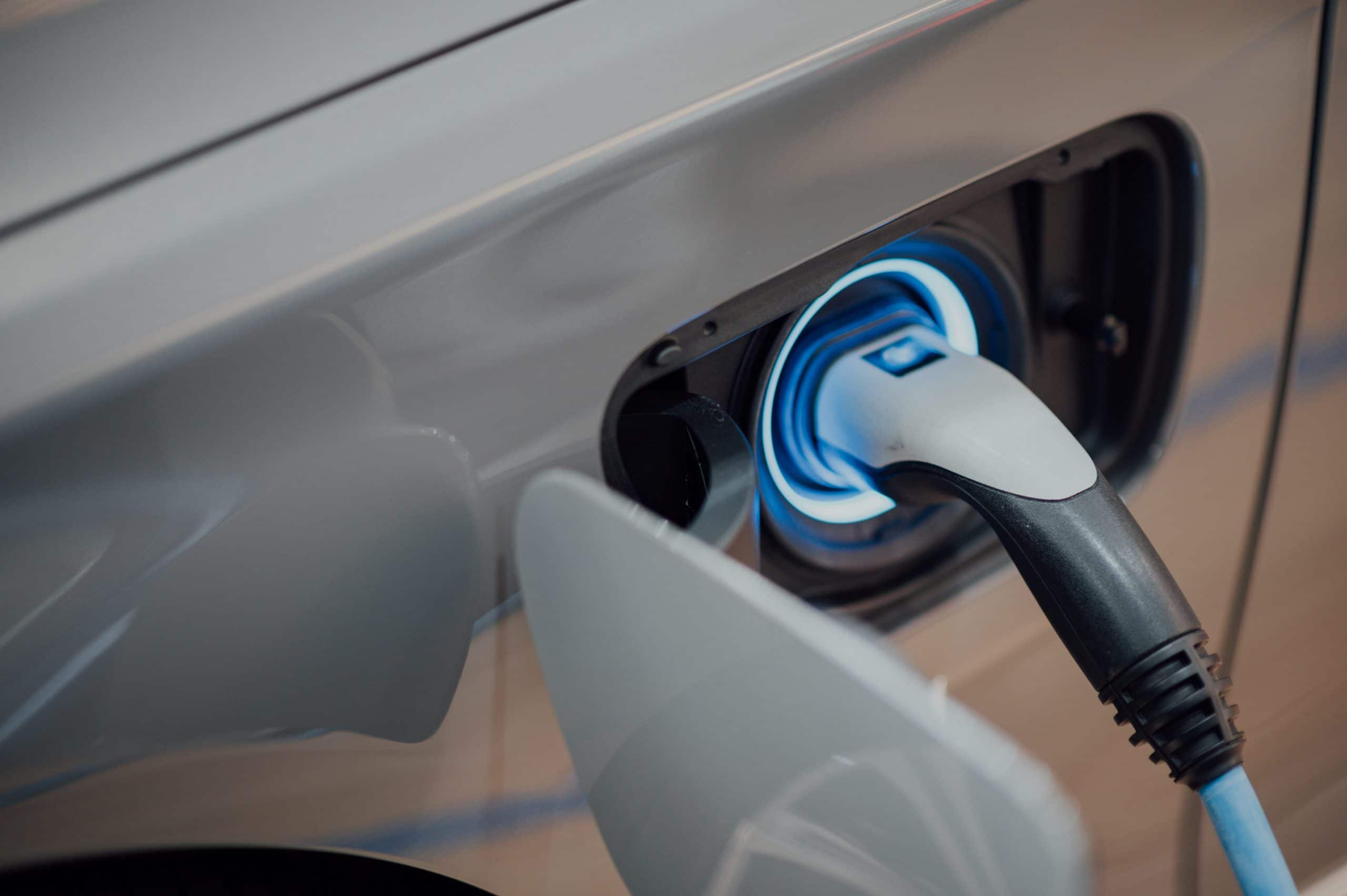Clean Energy Basics Vol. 2 – Let’s define distributed energy resources!
Summary
Distributed Energy Resources (DERs) is a general term referring to a variety of small-scale electricity generation and storage devices that are generally connected to a centralized or islanded power grid. These sources are a variety of energy types such as Solar, Wind, and battery storage, amongst others.
DERs distributed energy resources allow for a natural safeguard against dependence on a single energy source; this may be an issue if the grid is compromised by weather events or other natural disruptions. DERs can power large-scale energy operations such as the modern grid and smaller contained units such as Microgrids. DERs allow for various renewable clean energy sources to be integrated into the grid. This advancementt enables a clean energy economy and a carbon-neutral future.
Key Takeaways
- Distributed Energy Resources (DER) are a major advancement in the energy sector- they represent the shift to a clean energy economy.
- DERs allow for the modern energy grid to be powered by various sources such as solar, wind, and battery storage, amongst others; these can be various types of small-scale renewable energy-producing devices, such as solar panels, wind turbines, batteries, biogas and others.
- The primary benefits of a distributed system are that they allow for multiple sources of energy generation in case of failures from natural events like volatile weather disruptions and a reduction in wasted energy from local generation.
What are Distributed Energy Resources (DERs)?
Distributed Energy Resources (DER) is a general term referring to a variety of small-scale electricity generation and storage devices that are generally connected to a centralized or islanded power grid. DERs can be various types of small-scale renewable energy-producing devices, such as solar panels, wind turbines, batteries, biogas, and others.
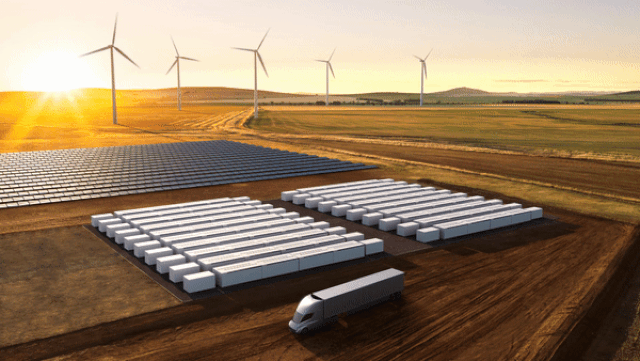
Decentralization allows for dependence on a variety of energy sources instead of relying on a single source that may be subject to failure from an extreme weather event; this also allows for greater choice in generation sources when beneficial.
What are the benefits of Distributed Energy Resources?
DERs come with many benefits, some of which are a reduction in wasted energy, greater grid resilience, greater efficiency in energy usage, and lowered carbon emissions due to the integration of renewable sources. A decentralized energy system allows for local power generation from smaller generators to travel smaller distances and even connect directly to a home or business. This allows for less power loss when energy is being transported from one location to another. This is primarily due to a reduction in the distance energy has to travel.
Having energy come from a variety of sources rather than a single source also means that a large-scale weather disruption is unlikely to completely interrupt power delivery. This means that during a weather event, consumers are more likely to have reliable power sources, despite climate related events. Having a wide selection of energy sources means that the consumer has more choice in what powers their home. Some consumers have solar panels on their roofs that allow them to sell energy back to their utility, also resulting in lower energy costs. DERs also result in greater grid resilience; they are less susceptible to large scale outages and system failures, making them an appealing choice for future use.
What’s so great about Distributed Energy Resources?
DERs are a major advancement in the energy economy that allow for cleaner energy generation, transmission, and distribution. The shift to a decentralized energy system enables both utilities and consumers to benefit from the reduction of CO2 emissions, a reduction in wasted energy, and an increase in reliability from a wide range of sources.
DERs are becoming increasingly common as more state and federal legislation allow for their integration into the modern energy grid. DERs are the future of energy in their ability to maintain a grid that does not fall susceptible to the natural environmental challenges that come alongside building and maintaining humanity’s largest machine.
Further Reading
Awesense authors are committed to sourcing information from reliable sources. These include primary sources, white papers, and government websites among others, when available. If you have any questions regarding the information on this page, please contact marketing@awesense.com.com
